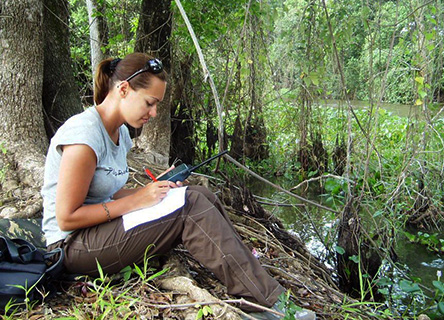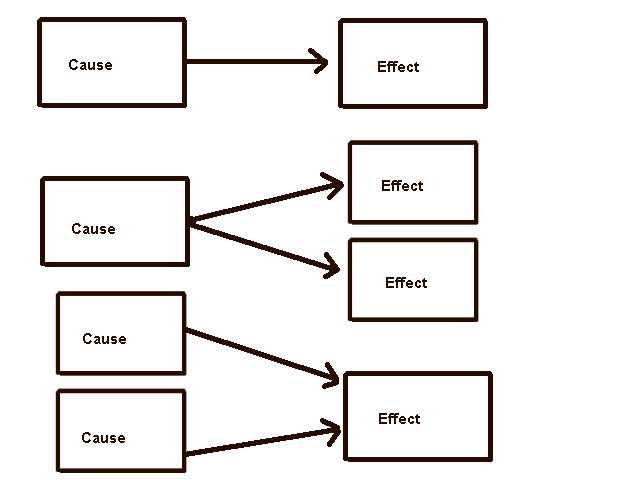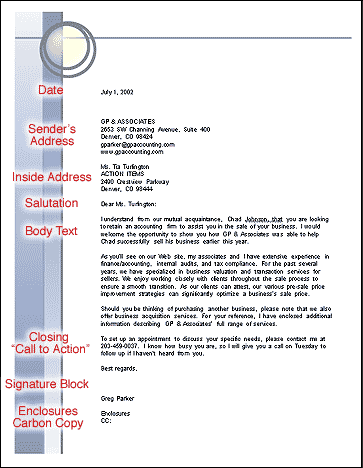Learning Tasks for Monday, March 24
Essential Question: How do leaders solve societal problems?
Objectives: I can...
...evaluate the impact of a current event.
...write a policy brief based on research and what I know about Sanford.
...plan my product and presentation.
1. Writing into the Day
What qualities make a good leader? A poor leader? Explain.
2. Selecting Fearless Leaders
Who should fill our leadership roles in Dome-Sanford? Create a list of nominations on the white board, then write a brief speech (one paragraph) endorsing either yourself or a classmate for a leadership position. Once you have finished, share your speeches with the class. We will then hold a vote in accordance with the Dome-Sanford Social Contract. Did you decide to hold votes by ballot, rock-paper-scissors, etc.?
3) Task Force!
The Sanford government has $50 million for all projects. Budgets and policies will be voted on.
Decide on the biggest problems Sanford would face under the dome.
With others in your society roles (i.e. farmers, medical, etc.), determine how to address that problem.
Project components:
Write a policy brief. (ex: Who will farm? What will be grown?)
Write a budget proposal. (ex: corn seeds)
Consider WHO and WHAT will be needed to make the policy work. How much will resources cost?
Create a product. (ex: Create a model farm.)
Present your policy brief.
Learning Tasks for Tuesday, March 25
Essential Question: How do leaders solve societal problems?
Objectives: I can...
-evaluate the impact of a current event.
-write a policy brief based on research and what I know about Sanford.
-plan my product and presentation.
WE ARE STILL TRAPPED IN DOME-SANFORD!!!!! :O
1) Warm Up: What current issue do you wish you could solve? Why hasn't this problem been solved yet? How do you think it can be solved?
2) Current Event Table
- Read and annotate the article here.
- Fill in the second row of the table you started last week!
- Complete the project planning sheet.
- Write your policy paragraph on the back.
- Plan your presentation.
- Set goals for what you need to accomplish tomorrow.
3) TASK FORCE: Project Planning Time!
Goal for today: Finish the sheet, the policy paragraph, and have your product planned.
Goal for Thursday: Create your product.
We will present on Monday!
Reminders: Sanford has $50 million dollars total. Tell us how much your policy will cost!
5) Exit Ticket: Why are government roles important?
Learning Tasks for Thursday, March 27
Essential Question: How can I promote my policy for Sanford under the dome?
Objectives: I can...
-write a convincing policy brief.
-create a product that promotes my policy.
-evaluate my work.
1. Warm Up: Current Event Share Out
-Get with your Task Force group!
-Find an article related to your topic. Suggestion: Go to npr.org and type in your issue.
-Fill in the third row of your table using the article you chose.
-Read the class what you put in your table.
-Help each other relate each issue to concepts in other classes.
2. Task Force Planning Time
-Create a specific list for what you need to get done today. Write this on your sheet in the SMART goals box on the bottom right front corner.
-Make sure you have written your policy. Use the tips below to help.
-Create your product. Ideas: Pamphlet about group meetings, menu for a food shelter, list of jobs people could apply for, interview tips for people looking for jobs, build a model car, draw a map of where farms will be, sketch a garden, create a map showing bike paths to promote biking instead of driving.
-Ask one other group for feedback on your project.
***Tips for writing a TPEQEA Policy Brief***
Topic: What is the problem your policy will address?
Point: Summarize your policy.
Example: Tell a detail about your policy.
Quote: Use a quote from one of the sites you used when you were doing research.
Elaboration: Why does the quote you chose support that your policy is the best policy?
Analysis: Why should the Town Council fund YOUR policy?
3. Exit Ticket
Give yourself one of the following emoticons to evaluate your success in finishing your list of tasks for today.
:-) :-/ :-[ :-( :*-(
Learning Tasks for Friday, March 28
FAMILY FUN DAYYYY!!!
1. Study Hall (15 minutes)
2. Apples to Apples: AVID Edition
Write ten adjectives on the rainbow cards.
Write twenty nouns on the white cards.
3. TED Talk: Txting is killing language. JK!!!
Discuss: How is texting affecting language?
Watch Here
4. Exit Ticket
Predict how Americans will speak in the year 2050. What language and language patterns do you think they will use? Why?





















